Andrea Büttner
The Heart of Relations
22 Apr - 01 Oct 2023
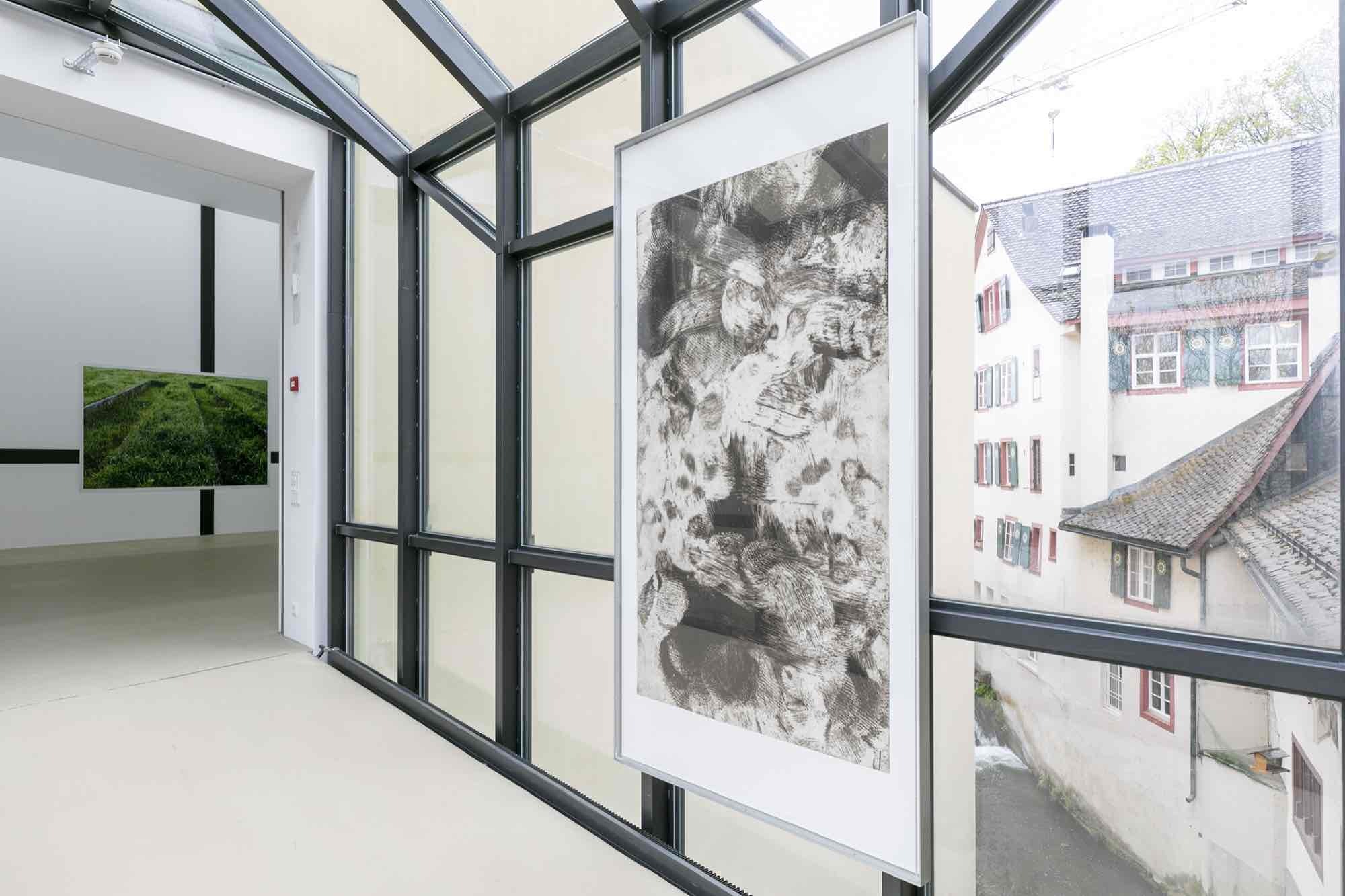
Andrea Büttner, exhibition view Kunstmuseum Basel | Present, photo: Julian Salinas, ©Andrea Büttner / ProLitteris, Zurich

Andrea Büttner, Vases, 2021, exhibition view Kunstmuseum Basel | Present, photo: Julian Salinas, ©Andrea Büttner / ProLitteris, Zurich
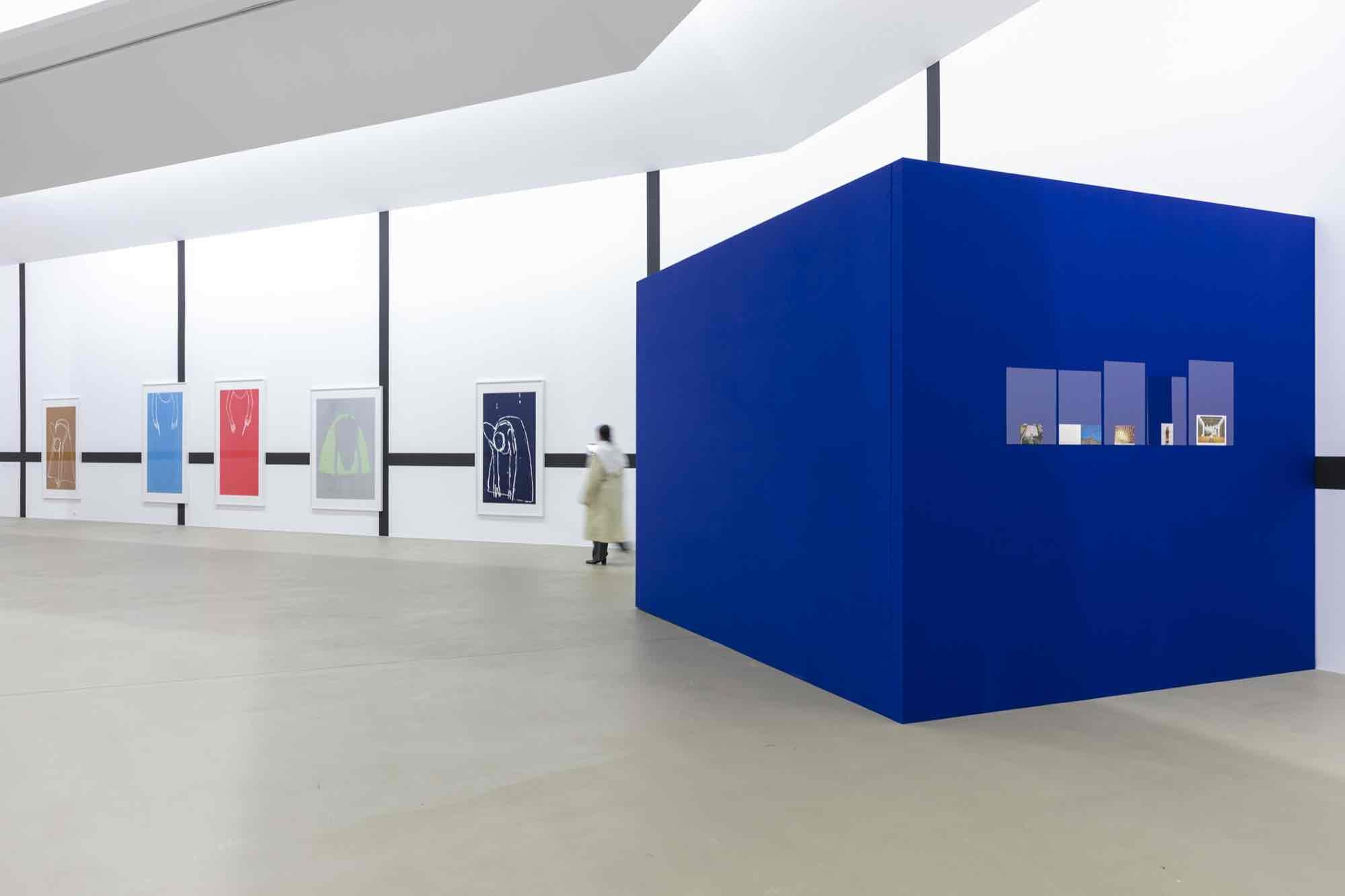
Andrea Büttner, exhibition view Kunstmuseum Basel | Present, photo: Julian Salinas, ©Andrea Büttner / ProLitteris, Zurich
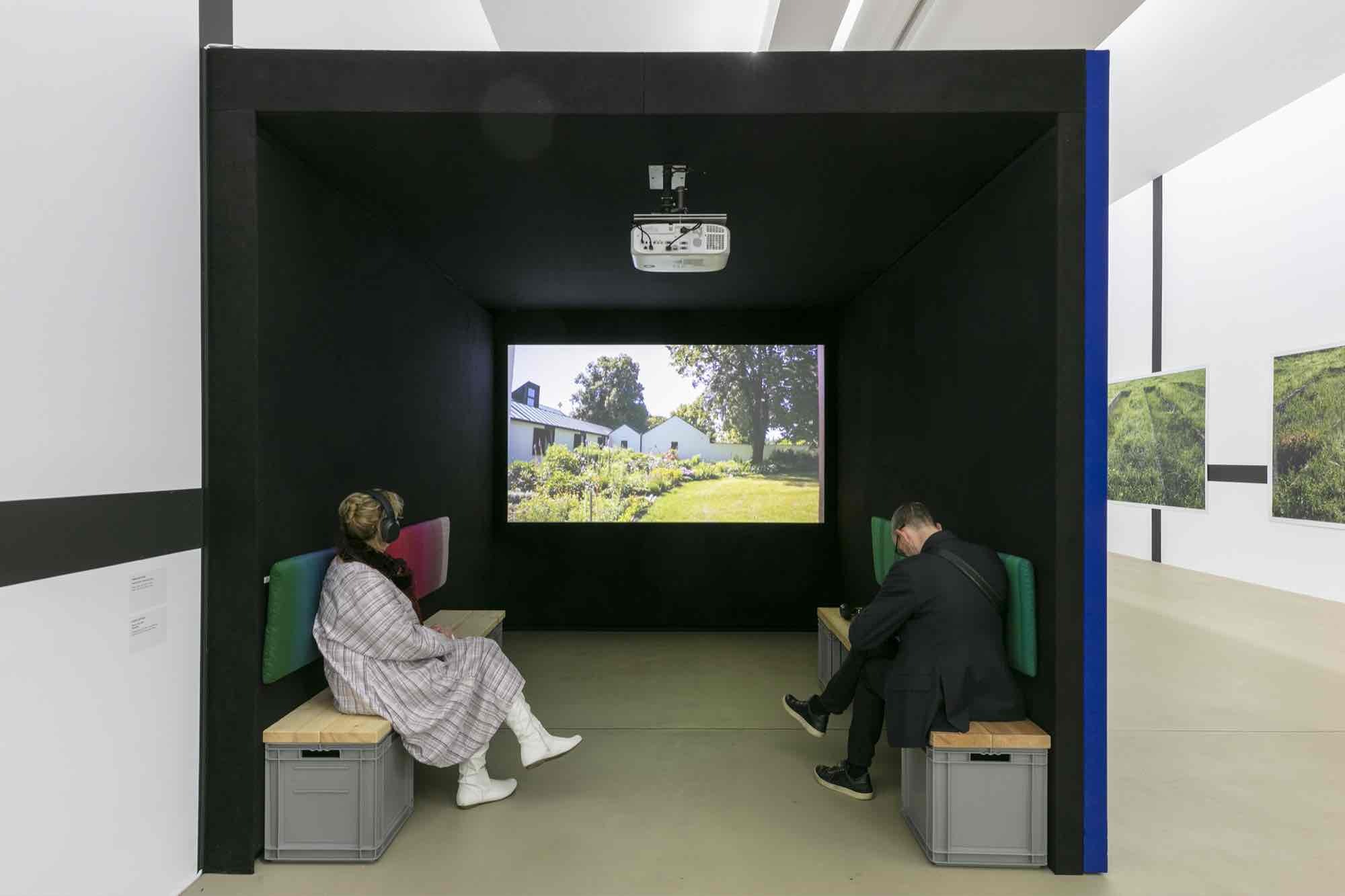
Andrea Büttner, exhibition view Kunstmuseum Basel | Present, photo: Julian Salinas, ©Andrea Büttner / ProLitteris, Zurich
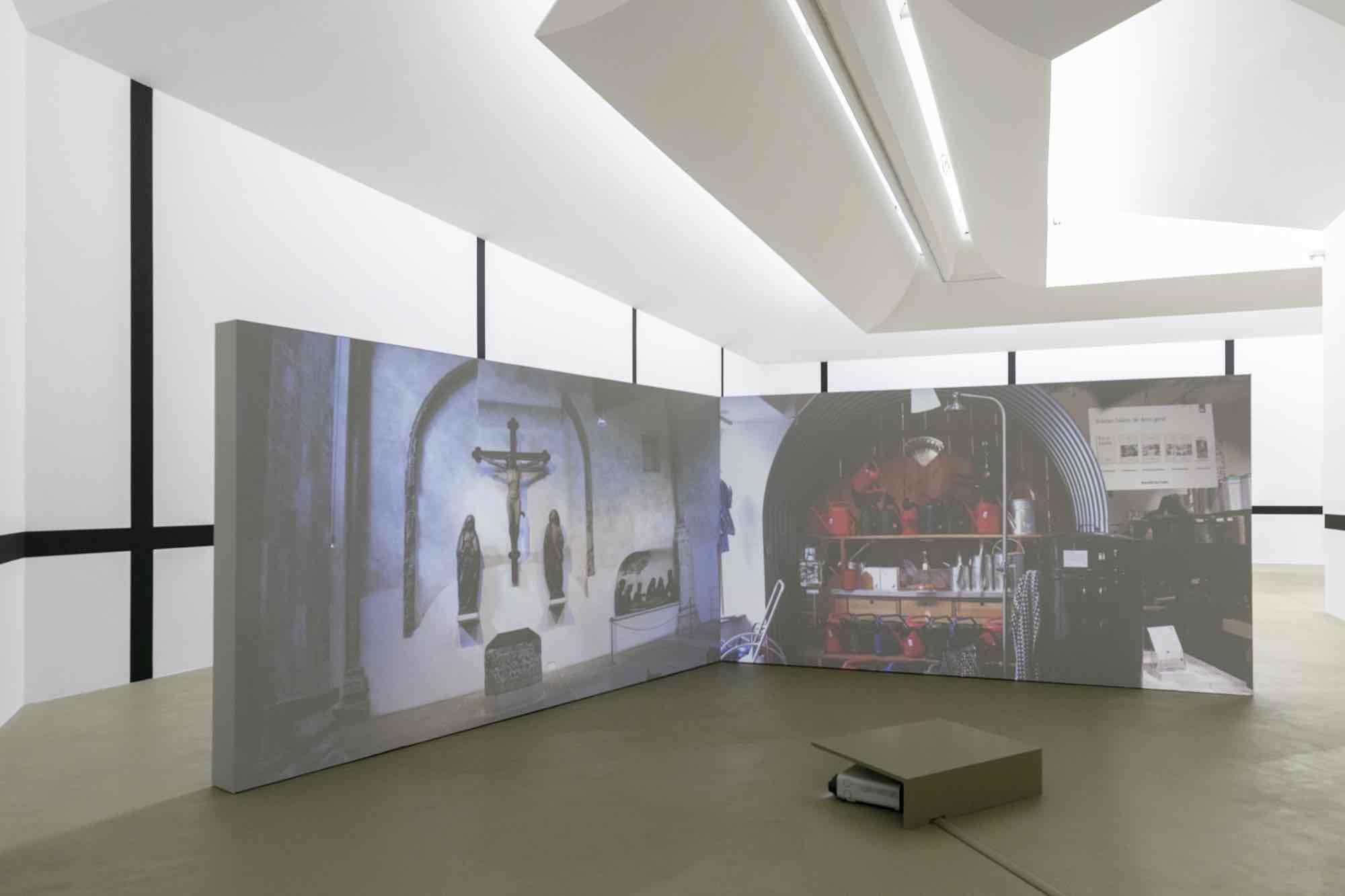
Andrea Büttner, exhibition view Kunstmuseum Basel | Present, photo: Julian Salinas, ©Andrea Büttner / ProLitteris, Zurich
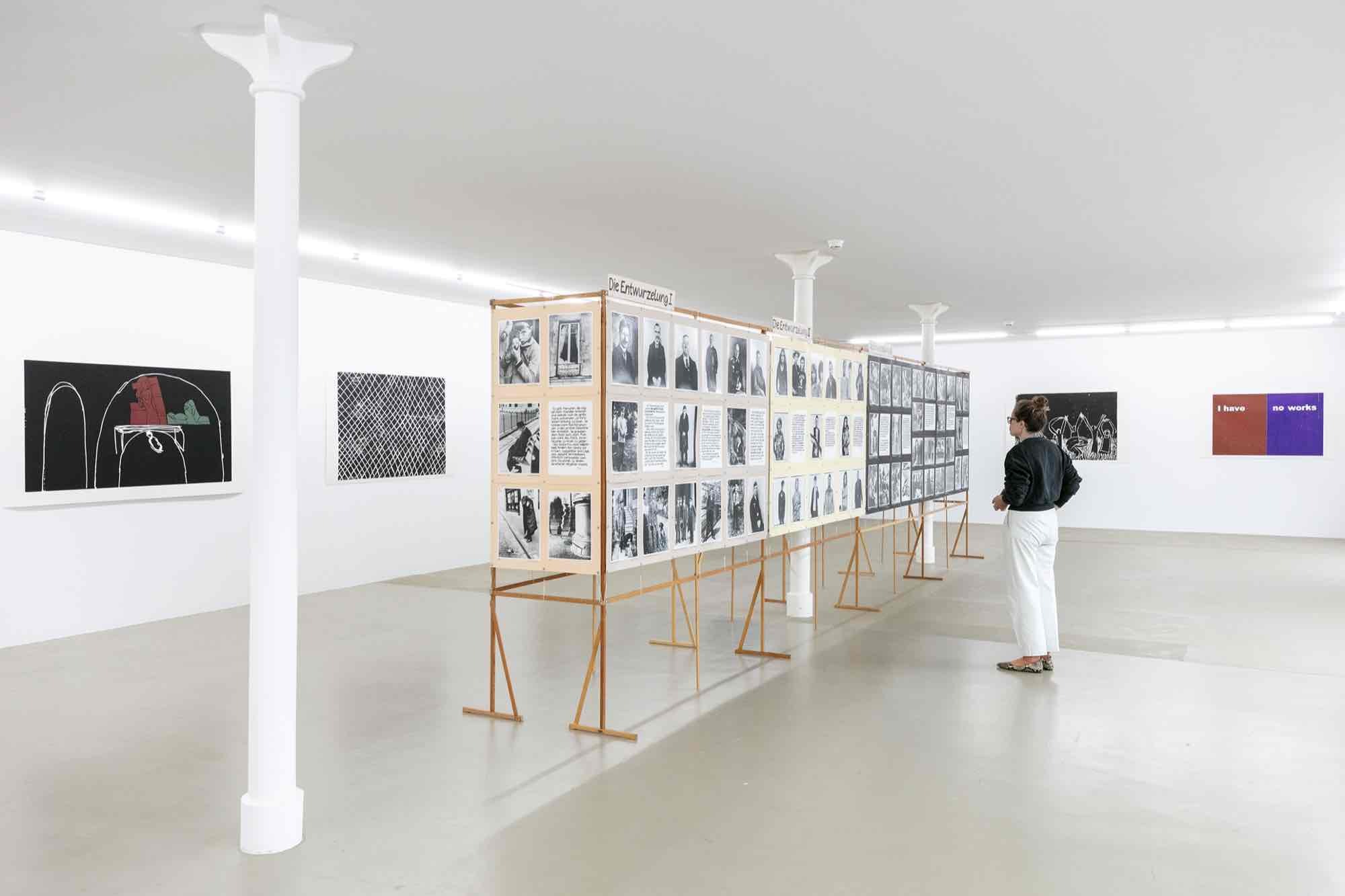
Andrea Büttner, exhibition view Kunstmuseum Basel | Present, photo: Julian Salinas, ©Andrea Büttner / ProLitteris, Zurich
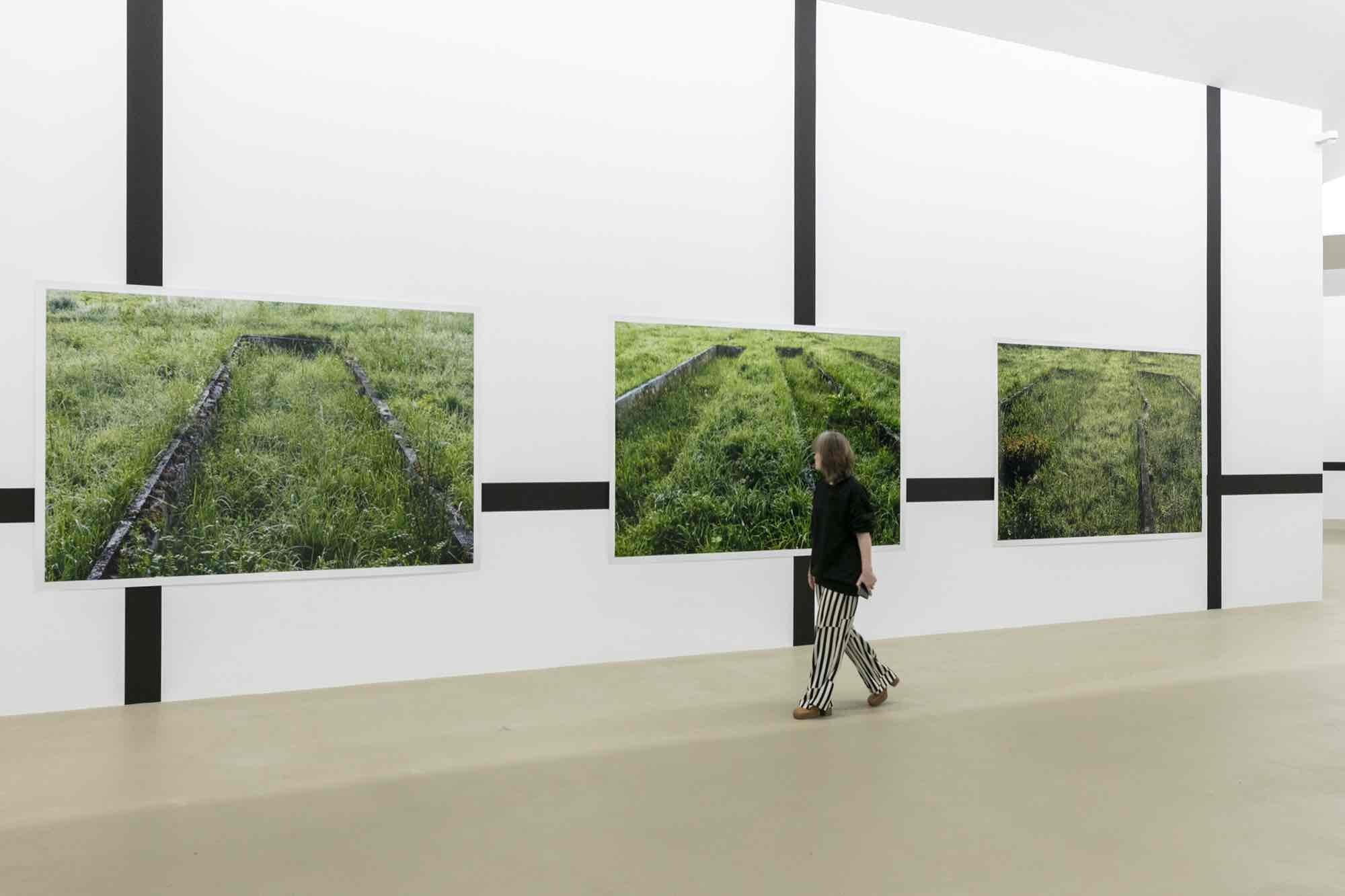
Andrea Büttner, exhibition view Kunstmuseum Basel | Present, photo: Julian Salinas, ©Andrea Büttner / ProLitteris, Zurich
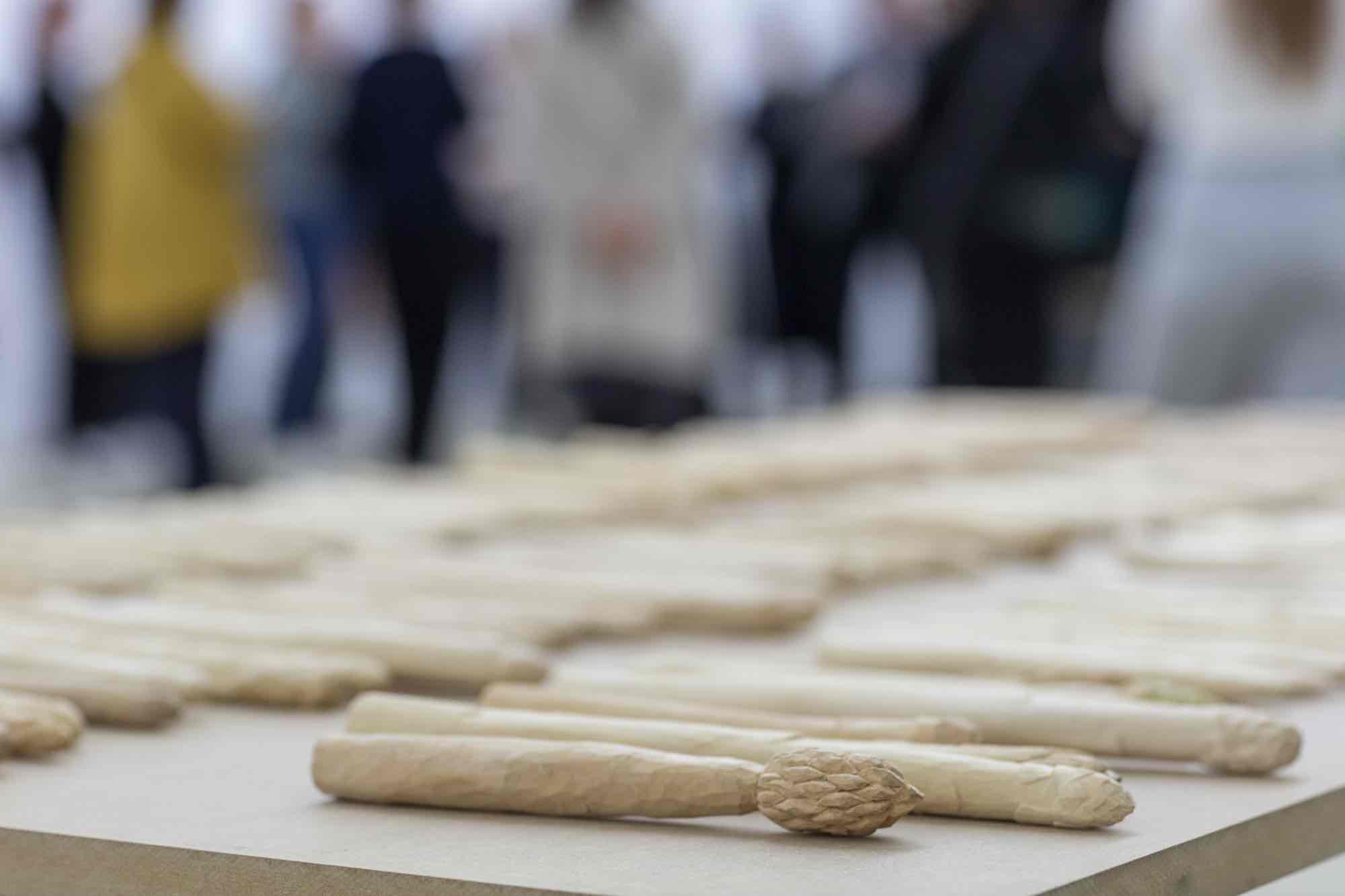
Andrea Büttner, exhibition view Kunstmuseum Basel | Present, photo: Julian Salinas, ©Andrea Büttner / ProLitteris, Zurich

Andrea Büttner, exhibition view Kunstmuseum Basel | Present, photo: Julian Salinas, ©Andrea Büttner / ProLitteris, Zurich
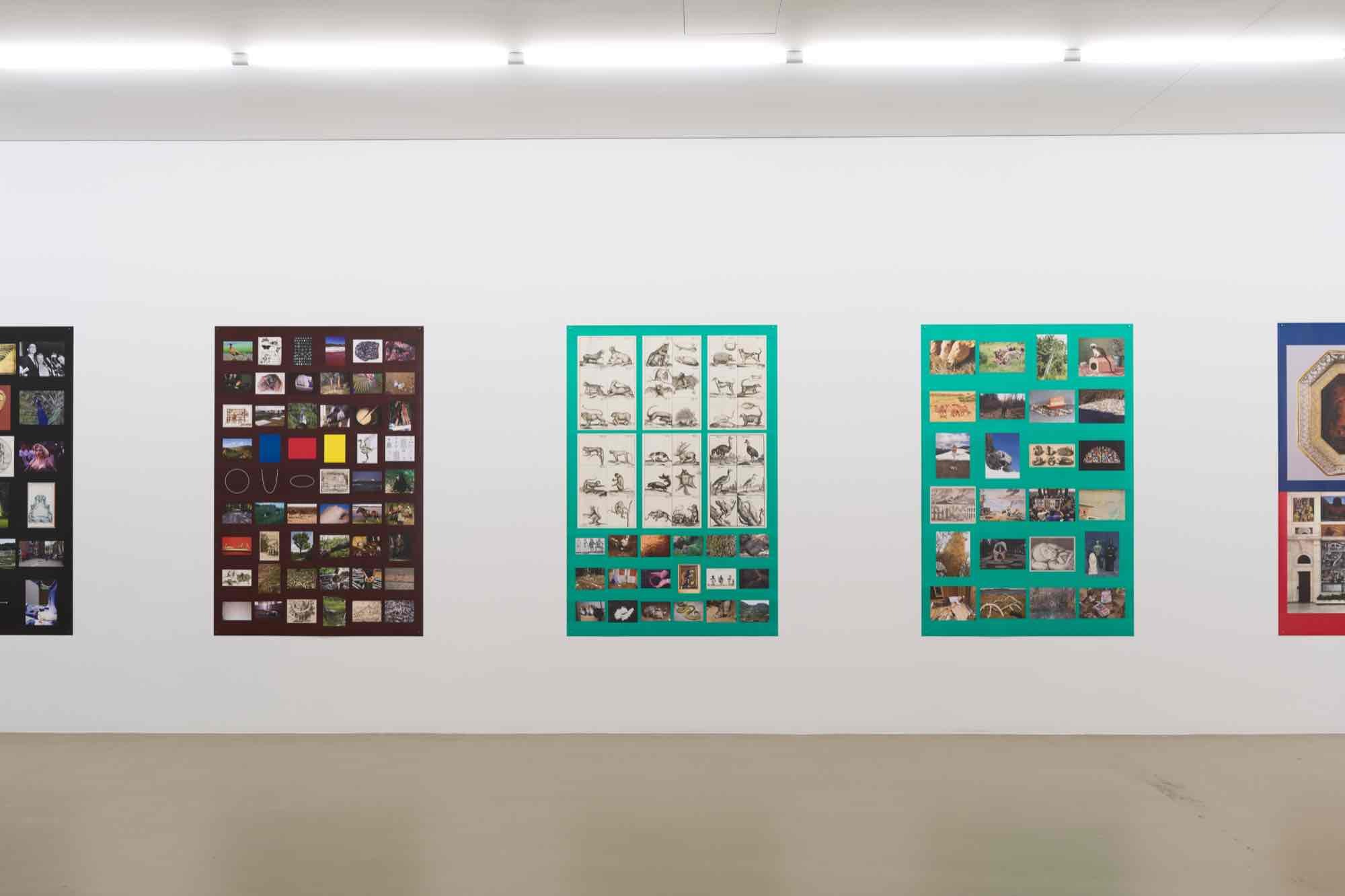
Andrea Büttner, exhibition view Kunstmuseum Basel | Present, photo: Max Ehrengruber, ©Andrea Büttner / ProLitteris, Zurich
In Andrea Büttner. The Heart of Relations, the Kunstmuseum Basel presents a broadbased exhibition surveying the German artist’s oeuvre of the past fifteen years. With almost ninety works, it is the largest exhibition to date of the artist, whose compelling sensual distillations of complex concerns have won international awards.
Since the early 2000s, Andrea Büttner (b. Stuttgart, 1972; lives in Berlin) has created bodies of work dedicated to themes such as labor, poverty, shame, and forms of community as well as the ways in which systems of religious or secular belief inform social realities. Having made a name for herself with large-format woodcuts, she has since added a wide variety of other media to her repertoire, including books, glass objects, textiles, and video installations. The works Little Sisters: Lunapark Ostia, Dancing Nuns, What Is So Terrible about Craft? Die Produkte der menschlichen Hand, and Phone Etching exemplify her creative vision.
Büttner’s artistic method is defined by a probing scrutiny of her own formative cultural influences, an effort to make what is seen truly visible, and an engagement with public debates through images. In exhibitions, Büttner assembles her works in thematic groups she installs as sprawling “narratives” in the galleries that visitors can explore step by step. The exhibition The Heart of Relations weaves together around six narrative strands, smoothing the transitions between them to bring out the continuities in the artist’s oeuvre and the entanglements between the subjects she grapples with.
The woodcut series Beggars (2016), which occupies a central position in Büttner’s oeuvre, is on view at the Kunstmuseum Basel | Neubau: life-size depictions of beggars composed of simple lines gouged into the wood surface prompt compassion and attention to their gesture pleading for help. The artist combines these pictures with the eighty-part slide projection Shepherds and Kings (2017), which gathers representatives of the birth of Christ, directing our attention away from the scene’s protagonists and toward the herdsmen and the Magi—as embodiments of poverty and wealth, respectively. The installation is completed by reproductions from the Warburg Institute, London, of historical works of art that depict beggars. Büttner also allows us to see the notes on the backs of those pictures. They record the sources of the reproductions: Christie’s, Sotheby’s, and other international auction houses. In this way, the artist points up the incongruity between the content of the pictures—indigents—and the value that depictions of them have in the art market.
Büttner takes an unprejudiced approach to current debates. Her narratives in three dimensions let us experience with our senses the ambivalences inherent in established (half-)truths. A characteristic example is her combining the video installation What Is So Terrible about Craft? Die Produkte der menschlichen Hand (2019) with a body of works, including woodcuts and sculpture, that considers the debate over the asparagus harvest in Germany that flared up during the coronavirus pandemic in 2020. In the video, Büttner intercuts footage recorded at a monastery in Cologne with merchandise displays and catalogues from the retail chain Manufactum, for which the nuns make some of the products they also use in their own day-to-day life. The large-format double projection turns the spotlight on the commercial exploitation of spiritual values—in sharp contrast with the admirable self-empowering and worldly-wise realism of the nuns sharing their lives with fairground people whom the artist portrays in Little Sisters: Lunapark Ostia, a video work she produced for documenta 12.
In another set of interrelated works, Büttner delves into Immanuel Kant’s Critique of Judgment. Eleven large-format collages created in 2014 compile dozens of images that, she argues, correspond to Kant’s abstract text and decidedly dry language. The series is an effort to restore to the book, a classic of Western philosophy that has been especially influential in the field of aesthetics, the visual world that the philosopher may have contemplated as he wrote. At the Kunstmuseum Basel | Gegenwart, the artist combines this imagined pictorial environment with a new wall work developed specifically for the exhibition titled Schamstrafen. Using a semitransparent fluorescent paint, she prints historic and contemporary visual documents of public punishments directly on the wall. Recapitulating her research into pictorial sources, the work grew out of Büttner’s interest in how the experience of shame, or else our desire to avoid it, shape social behavior.
In the progression of the exhibition, these traditional depictions of public shame connect to her series Phone Etching (2015), which translates the traces her fingers left on her smartphone during various web searches into the medium of color etching. Such conjunctions of old and new technologies are another characteristic of Büttner’s transmedia practice.
Curator: Maja Wismer
Since the early 2000s, Andrea Büttner (b. Stuttgart, 1972; lives in Berlin) has created bodies of work dedicated to themes such as labor, poverty, shame, and forms of community as well as the ways in which systems of religious or secular belief inform social realities. Having made a name for herself with large-format woodcuts, she has since added a wide variety of other media to her repertoire, including books, glass objects, textiles, and video installations. The works Little Sisters: Lunapark Ostia, Dancing Nuns, What Is So Terrible about Craft? Die Produkte der menschlichen Hand, and Phone Etching exemplify her creative vision.
Büttner’s artistic method is defined by a probing scrutiny of her own formative cultural influences, an effort to make what is seen truly visible, and an engagement with public debates through images. In exhibitions, Büttner assembles her works in thematic groups she installs as sprawling “narratives” in the galleries that visitors can explore step by step. The exhibition The Heart of Relations weaves together around six narrative strands, smoothing the transitions between them to bring out the continuities in the artist’s oeuvre and the entanglements between the subjects she grapples with.
The woodcut series Beggars (2016), which occupies a central position in Büttner’s oeuvre, is on view at the Kunstmuseum Basel | Neubau: life-size depictions of beggars composed of simple lines gouged into the wood surface prompt compassion and attention to their gesture pleading for help. The artist combines these pictures with the eighty-part slide projection Shepherds and Kings (2017), which gathers representatives of the birth of Christ, directing our attention away from the scene’s protagonists and toward the herdsmen and the Magi—as embodiments of poverty and wealth, respectively. The installation is completed by reproductions from the Warburg Institute, London, of historical works of art that depict beggars. Büttner also allows us to see the notes on the backs of those pictures. They record the sources of the reproductions: Christie’s, Sotheby’s, and other international auction houses. In this way, the artist points up the incongruity between the content of the pictures—indigents—and the value that depictions of them have in the art market.
Büttner takes an unprejudiced approach to current debates. Her narratives in three dimensions let us experience with our senses the ambivalences inherent in established (half-)truths. A characteristic example is her combining the video installation What Is So Terrible about Craft? Die Produkte der menschlichen Hand (2019) with a body of works, including woodcuts and sculpture, that considers the debate over the asparagus harvest in Germany that flared up during the coronavirus pandemic in 2020. In the video, Büttner intercuts footage recorded at a monastery in Cologne with merchandise displays and catalogues from the retail chain Manufactum, for which the nuns make some of the products they also use in their own day-to-day life. The large-format double projection turns the spotlight on the commercial exploitation of spiritual values—in sharp contrast with the admirable self-empowering and worldly-wise realism of the nuns sharing their lives with fairground people whom the artist portrays in Little Sisters: Lunapark Ostia, a video work she produced for documenta 12.
In another set of interrelated works, Büttner delves into Immanuel Kant’s Critique of Judgment. Eleven large-format collages created in 2014 compile dozens of images that, she argues, correspond to Kant’s abstract text and decidedly dry language. The series is an effort to restore to the book, a classic of Western philosophy that has been especially influential in the field of aesthetics, the visual world that the philosopher may have contemplated as he wrote. At the Kunstmuseum Basel | Gegenwart, the artist combines this imagined pictorial environment with a new wall work developed specifically for the exhibition titled Schamstrafen. Using a semitransparent fluorescent paint, she prints historic and contemporary visual documents of public punishments directly on the wall. Recapitulating her research into pictorial sources, the work grew out of Büttner’s interest in how the experience of shame, or else our desire to avoid it, shape social behavior.
In the progression of the exhibition, these traditional depictions of public shame connect to her series Phone Etching (2015), which translates the traces her fingers left on her smartphone during various web searches into the medium of color etching. Such conjunctions of old and new technologies are another characteristic of Büttner’s transmedia practice.
Curator: Maja Wismer
